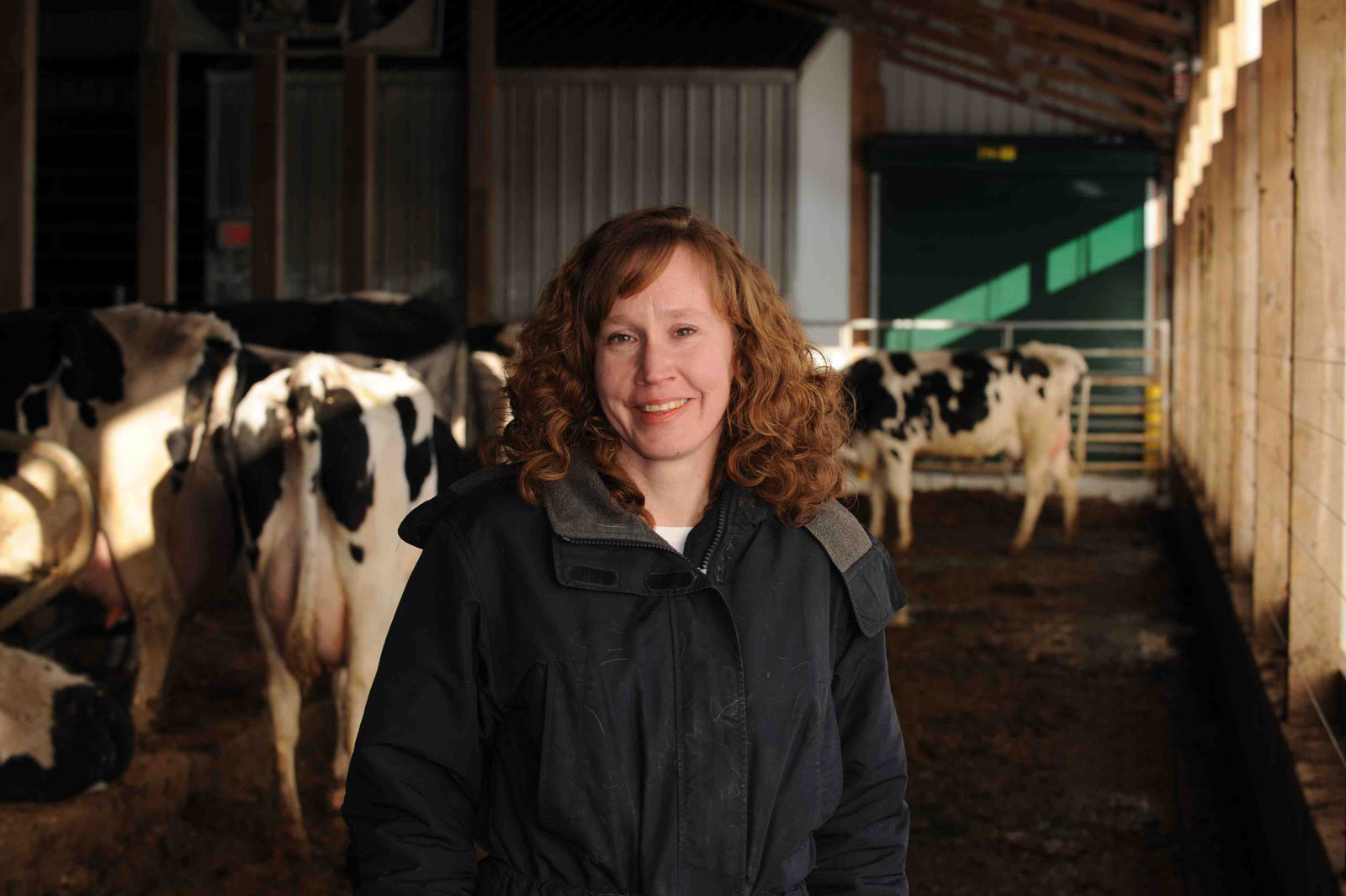
Investigating Dairy DNA To Ensure Gold-medal Milkers
Like athletes training for the Olympics, dairy cows face the challenge of eating enough to fuel their energy expenditures.
Cows devote so much energy to milk production that they can’t consume enough feed to meet their needs. That results in negative energy balance, says animal scientist Diane Spurlock.
She is studying how negative energy balance might contribute to fertility problems and affect other “fitness traits” that influence cows’ well-being.
“I look at DNA polymorphisms to identify genetic markers or develop a way to select for improved energy balance,” she says. “With that information we could produce more robust cows that can sustain the demands of very high levels of milk production. They could stay in the herd longer, be healthier and be more efficient.”
The research involves determining the cow’s genotype across 50,000 locations of the cow’s genome and calculating a breeding value to rank the cows for selecting those with the most desirable energy balance trait.
It is the first research of its kind, Spurlock says. The project requires measuring the individual feed intake of 400 cows at the ISU Dairy Farm. To gather that data each cow is assigned one gate to eat from and one electronic “key” around her neck that opens her gate. They quickly learn which is theirs.
Spurlock works with a collaborator at the Scottish Agricultural Center, which has been doing work on energy balance for several years. She expects data collection to be completed this fall and will analyze findings for another six months.



